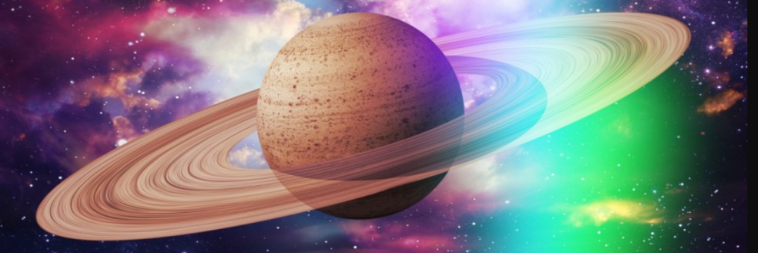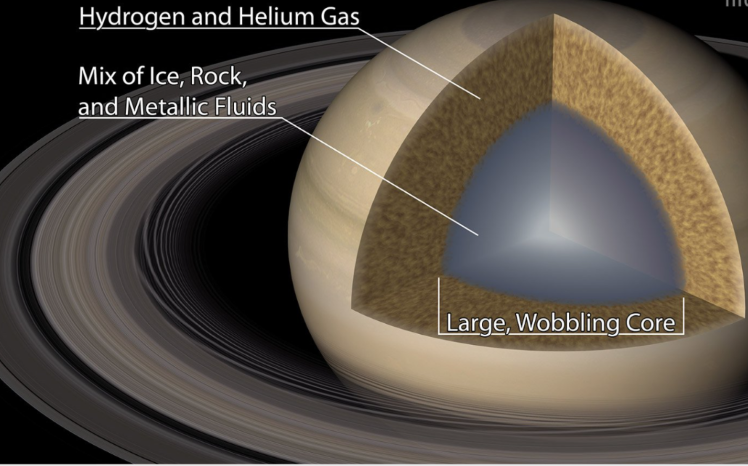A Guide to Observing Saturn in Opposition

In astronomy terms, opposition refers to the position of a body when it is on the opposite side of another body.
This is, for example, the case when Saturn is located opposite the Sun – seen from Earth, so the order is this: Sun – Earth – Saturn. Then we say that Saturn is in opposition to the Sun.
Observed from the Earth, only the outer planets (and other bodies) can come into opposition with the Sun, namely those that move around the Sun outside the Earth’s orbit: Mars, Jupiter, Saturn, etc.
The opposition with the Sun is an excellent period for observing a body, because then it is in our sky all night long and because then it is closest to us and because it is at the highest point of the sky around midnight when we observe it through the thin layers of the atmosphere.
When and where
The last opposition of Saturn was on August 27, so this planet is already very much ready for observation. It is high in the sky around midnight, so that’s when it’s best to watch.

Saturn will remain visible until the end of the year, with it slowly moving into the evening sky. It will be completely lost in the glow of the Sun in mid-February 2024. Observed from our planet, Saturn will then be on the other side of the Sun.
Saturn is the sixth planet from the Sun. Its rings were noticed by astronomers in the 17th century when they began to study the sky with telescopes.
At first, they saw only one ring, but a decade later, with a better telescope, they noticed that there were more rings.
A spacecraft that closely observed Saturn sent back to Earth detailed data about the rings, but also about its numerous satellites. Its largest satellite, Titan, is particularly interesting for scientists because it has a dense atmosphere and lakes of methane and ethane.

During its orbit around the Sun, Saturn changes the inclination of its rings towards us, and that’s why sometimes we don’t see them at all (because they are extremely thin).
But then that slope starts to grow (up to 27 degrees) and then we see the rings in their most luxurious appearance. The slope changes in a cycle of 15 years.
Prediction
2024 – Saturn opposition: September 8
2025 – Saturn opposition: September 25
For a good observation of Saturn, you need a telescope. Saturn is also visible with the naked eye, but a telescope reveals its rings and satellites. You will see the Titan satellite the easiest because it is quite large.
Did you know that here at OSR you can also name stars?

